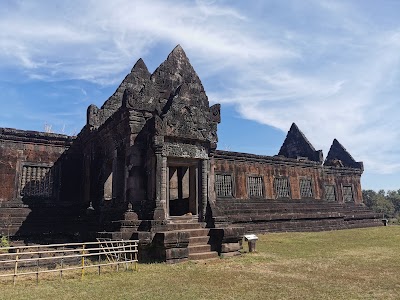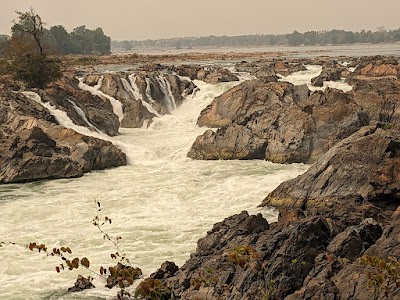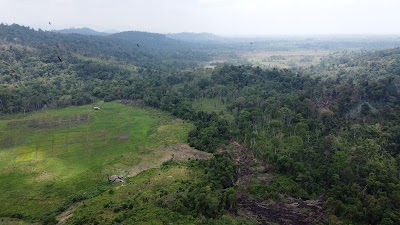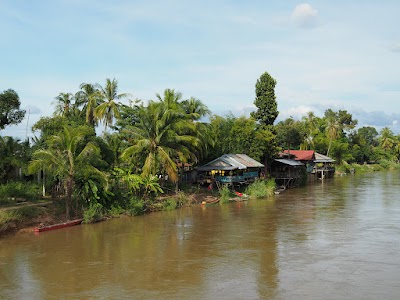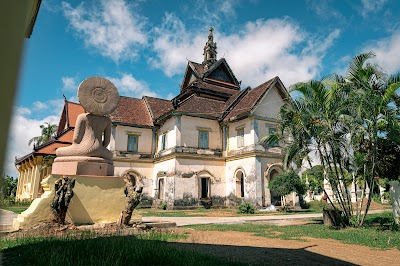Wat Phu (วัดภู)
Overview
Introduction to Wat Phu
Nestled in the lush landscapes of southern Laos, Wat Phu, or "Mount Temple," is an ancient Khmer temple complex that dates back to the 5th century. Located about 6 kilometers from the town of Champasak, this UNESCO World Heritage Site is a remarkable testament to the architectural prowess of the Khmer Empire and its spiritual heritage. Surrounded by stunning mountains and rice paddies, Wat Phu offers visitors a unique blend of history, culture, and natural beauty, making it a must-visit destination for any traveler exploring Laos.
Historical Significance
Wat Phu was originally built as a Hindu temple dedicated to the god Shiva, reflecting the religious practices of the Khmer people during that era. The temple complex was an important religious site, serving as a place of pilgrimage and worship for centuries. Over time, as Buddhism spread through the region, the temple gradually transformed into a Buddhist sanctuary, showcasing a rich tapestry of spiritual traditions. The site is not only significant for its religious history but also for its architectural features, which exemplify the sophisticated design and craftsmanship of the Khmer civilization. Visitors can admire intricate stone carvings, beautiful lintels, and the remains of ancient structures that tell the story of this once-thriving center of worship.
Exploring the Temple Complex
As you approach Wat Phu, you will be greeted by a long flight of stone steps that lead you up the hillside. This ascent is not just a physical journey; it is also a spiritual one, as each step brings you closer to the heart of the temple complex. The main temple structure sits majestically at the top, offering breathtaking panoramic views of the surrounding landscape, including the Mekong River and the distant mountains. The architecture is a blend of Angkorian and indigenous styles, with a central shrine that emphasizes the importance of nature in the spiritual experience. Don't forget to take your time exploring the smaller shrines, water tanks, and sacred pools that dot the grounds, as each holds its own stories and significance.
Practical Tips for Visiting
Visiting Wat Phu is relatively easy, as it is accessible by car, motorbike, or bicycle from Champasak town. The best time to visit is during the cooler months, from November to February, when the weather is more pleasant. Be sure to wear comfortable shoes, as the terrain can be uneven and there are many steps to navigate. It is also recommended to bring water and snacks, as the site does not have many facilities. As you explore, take a moment to engage with the local guides who can provide deeper insights into the history and cultural significance of the site, enhancing your experience.
Conclusion
Wat Phu is not just a historical site; it is a place of serenity and reflection that invites travelers to connect with the rich cultural tapestry of Laos. Whether you are an avid history buff, a spiritual seeker, or simply looking to experience the natural beauty of the region, Wat Phu provides a captivating glimpse into the past while offering breathtaking views of the present. Make sure to include this remarkable landmark in your travel itinerary, and prepare to be enchanted by its timeless allure and profound significance.


